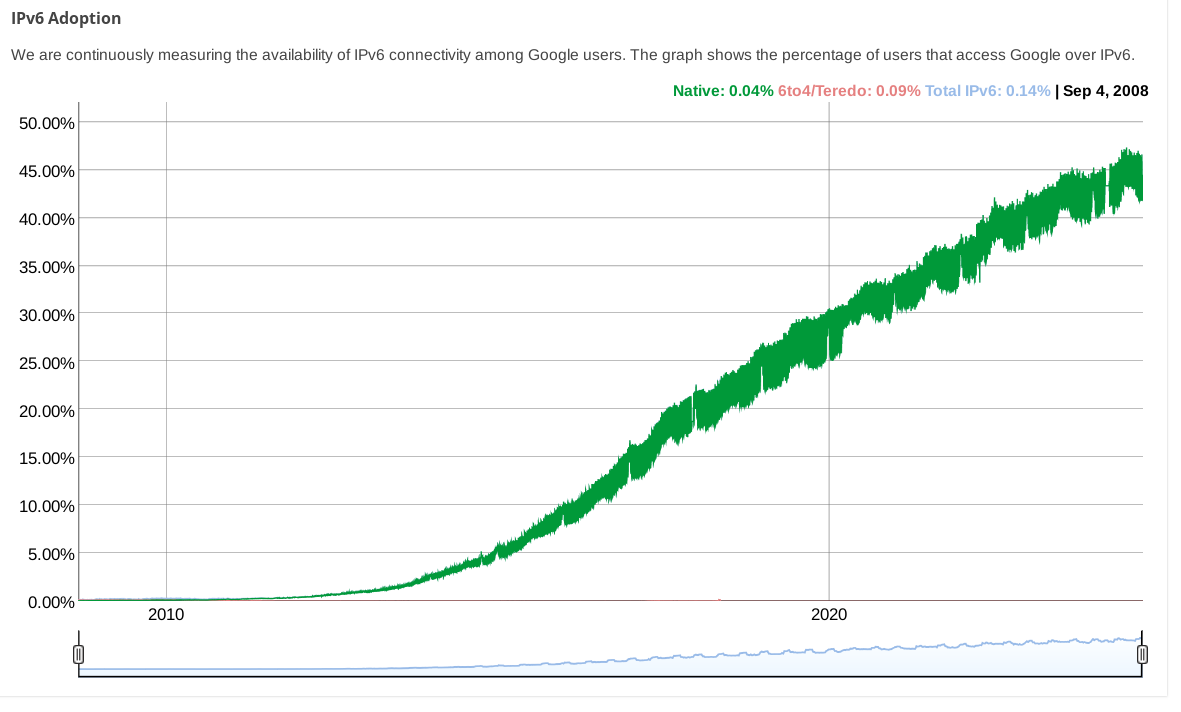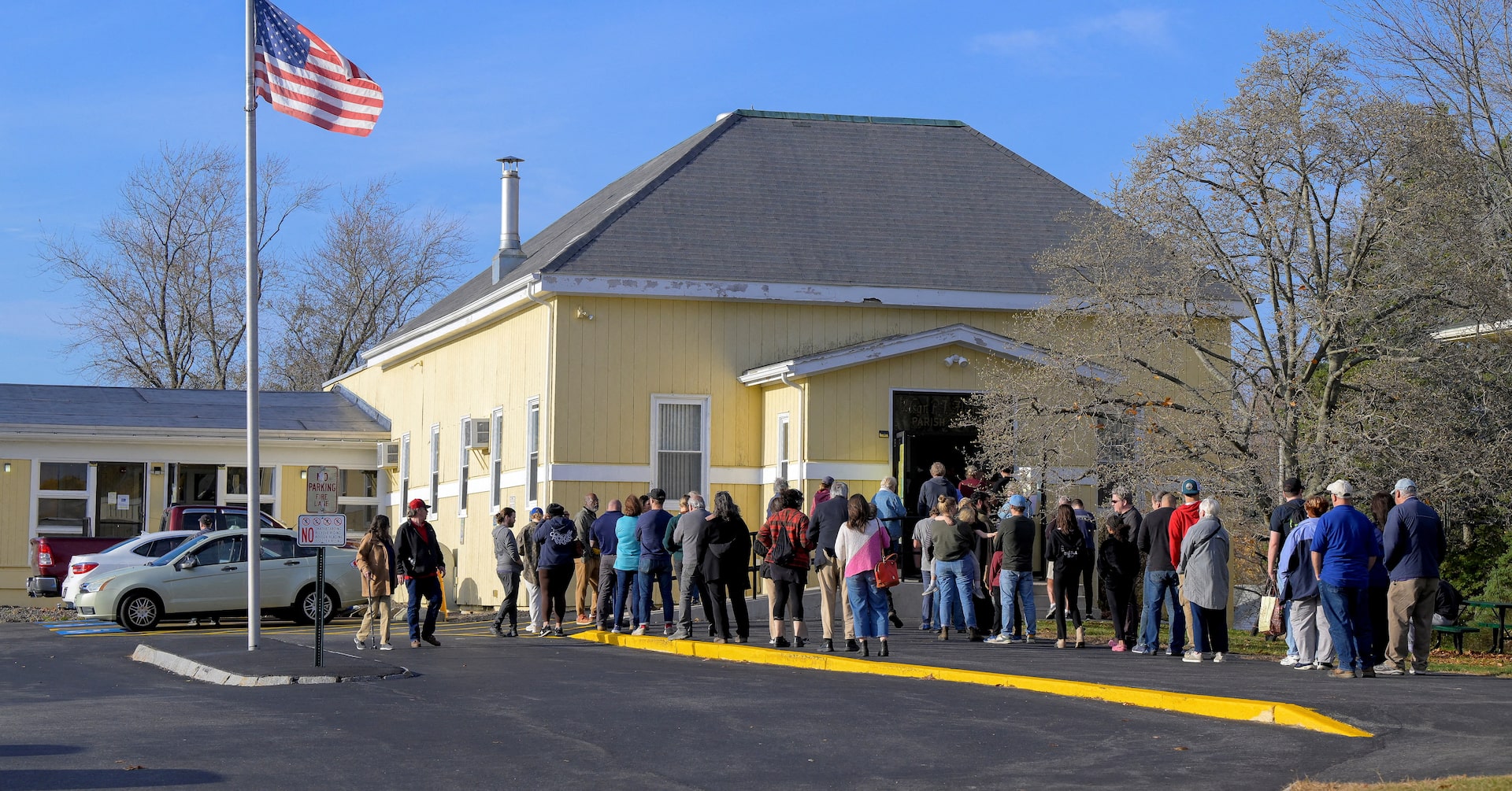Arthur Besse
cultural reviewer and dabbler in stylistic premonitions
- 61 Posts
- 186 Comments

 197·7 days ago
197·7 days ago🥛🤝🦆
(it’s odd that PBS is promoting this, as it is actually a terf movement)
RedHat was a major military contractor with job postings like this current one [archive] long before they were bought by another older and larger military contractor.
https://en.wikipedia.org/wiki/IBM_and_World_War_II
https://web.archive.org/web/20240530005438/https://www.redhat.com/en/resources/israeli-defense-forces-case-study (original is 404 for some reason)

 31·15 days ago
31·15 days agoLets Enhance is a pretty great supercut, but nothing beats the original Blade Runner scene.
enhance 224 to 176
enhance, stop
move in, stop
pull out, track right, stop
center and pull back, stop
track 45 right, stop
center and stop
enhance 34 to 36
pan right and pull back, stop
enhance 34 to 46
pull back, wait a minute, go right, stop
enhance 57 to 19
track 45 left, stop
enhance 15 to 23
give me a hardcopy right there

 4·16 days ago
4·16 days agoThe canonical documentation is https://www.kernel.org/doc/Documentation/filesystems/proc.rst (ctrl-f
oom) but if you search a bit you’ll find various guides that might be easier to digest.https://www.baeldung.com/linux/memory-overcommitment-oom-killer looks like an informative recent article on the subject, and reminds me that my knowledge is a bit outdated. (TIL about the choom(1) command which was added to util-linux in 2018 as an alternative to manipulating things in
/procdirectly…)https://dev.to/rrampage/surviving-the-linux-oom-killer-2ki9 from 2018 might also be worth reading.
How to make your adjustments persist for a given desktop application is left as an exercise to the reader :)

 31·16 days ago
31·16 days agoI’m not sure what this comic is trying to say but in my recent experience a single misbehaving website can still consume all available swap at which point Linux will sometimes completely lock up for many minutes before the out-of-memory killer decides what to kill - and then sometimes it still kills the desktop environment instead of the browser.
(I do know how to use
oom_adj; I’m talking about the default configuration on popular desktop distros.)
404 Media neglected to link to her website, which is https://ada-ada-ada.art/
I think it depends which side of the debate one is on?
$ systemd-analyze calendar tomorrow Failed to parse calendar specification 'tomorrow': Invalid argument Hint: this expression is a valid timestamp. Use 'systemd-analyze timestamp "tomorrow"' instead? $ systemd-analyze timestamp tuesday Failed to parse "tuesday": Invalid argument Hint: this expression is a valid calendar specification. Use 'systemd-analyze calendar "tuesday"' instead?ಠ_ಠ
$ for day in Mon Tue Wed Thu Fri Sat Sun; do TZ=UTC systemd-analyze calendar "$day 02-29"|tail -2; done Next elapse: Mon 2044-02-29 00:00:00 UTC From now: 19 years 4 months left Next elapse: Tue 2028-02-29 00:00:00 UTC From now: 3 years 4 months left Next elapse: Wed 2040-02-29 00:00:00 UTC From now: 15 years 4 months left Next elapse: Thu 2052-02-29 00:00:00 UTC From now: 27 years 4 months left Next elapse: Fri 2036-02-29 00:00:00 UTC From now: 11 years 4 months left Next elapse: Sat 2048-02-29 00:00:00 UTC From now: 23 years 4 months left Next elapse: Sun 2032-02-29 00:00:00 UTC From now: 7 years 4 months left
(It checks out.)
Surprisingly its calendar specification parser actually allows for 31 days in every month:
$ TZ=UTC systemd-analyze calendar '02-29' && echo OK || echo not OK Original form: 02-29 Normalized form: *-02-29 00:00:00 Next elapse: Tue 2028-02-29 00:00:00 UTC From now: 3 years 4 months left OK $ TZ=UTC systemd-analyze calendar '02-30' && echo OK || echo not OK Original form: 02-30 Normalized form: *-02-30 00:00:00 Next elapse: never OK $ TZ=UTC systemd-analyze calendar '02-31' && echo OK || echo not OK Original form: 02-31 Normalized form: *-02-31 00:00:00 Next elapse: never OK $ TZ=UTC systemd-analyze calendar '02-32' && echo OK || echo not OK Failed to parse calendar specification '02-32': Invalid argument not OK

 2·20 days ago
2·20 days agoFunny that blog calls it a “failed attempt at a backdoor” while neglecting to mention that the grsec post (which it does link to and acknowledges is the source of the story) had been updated months prior to explicitly refute that characterization:
5/22/2020 Update: This kind of update should not have been necessary, but due to irresponsible journalists and the nature of social media, it is important to make some things perfectly clear:
Nowhere did we claim this was anything more than a trivially exploitable vulnerability. It is not a backdoor or an attempted backdoor, the term does not appear elsewhere in this blog at all; any suggestion of the sort was fabricated by irresponsible journalists who did not contact us and do not speak for us.
There is no chance this code would have passed review and be merged. No one can push or force code upstream.
This code is not characteristic of the quality of other code contributed upstream by Huawei. Contrary to baseless assertions from some journalists, this is not Huawei’s first attempt at contributing to the kernel, in fact they’ve been a frequent contributor for some time.

 71·21 days ago
71·21 days agoWasn’t Huawei trying to put a Backdoor into linux?
as far as i know, that has not happened.
what makes you think it did?

 53·24 days ago
53·24 days agofremdscham++😬

 7·1 month ago
7·1 month agoheadline was more exciting before i read the last four words of it

 233·1 month ago
233·1 month agoi can’t help but wonder if there isn’t some more useful science that these scientists could be doing (i write, while reading garbage on the internet)

 2·1 month ago
2·1 month agoOr you could just… learn to use the modern internet that 60% of internet traffic uses? Not everyone has a dedicated IPv4 anymore, we are in the days of mobile networks and CGNAT. IPv4 exhaustion is here today.
Where are you getting 60%? Google’s IPv6 Adoption page has it under 50% still:

(while other stats pages from big CDNs show even less)

 1·1 month ago
1·1 month agoIf you have
::/0in your AllowedIPs and v6 connections are bypassing your VPN, that is strange.What does
ip route get 2a00:1450:400f:801::200e(an IPv6 address for google) say?I haven’t used wireguard with NetworkManager, but using
wg-quickit certainly adds a default v6 route when you have::/0inAllowedIPs.

 2·1 month ago
2·1 month agoYou could edit your configuration to change the wireguard connection’s
AllowedIPsfrom0.0.0.0/0to0.0.0.0/0,::/0so that IPv6 traffic is routed over it. Regardless of if your wireguard endpoint actually supports it, this will at least stop IPv6 traffic from leaking.

 3·1 month ago
3·1 month agoipv4 with an extra octet
that was proposed as “IPv4.1” on April 1, 2011: https://web.archive.org/web/20110404094446/http://packetlife.net/blog/2011/apr/1/alternative-ipv6-works/

 61·1 month ago
61·1 month agoThe article text doesn’t support the headline (“Biden helped end the dockers strike by saying reopening the ports to help Hurricane Helene victims would be patriotic”):
“ With the grace of God, and the goodwill of neighbors, it’s gonna hold,” President Joe Biden told reporters Thursday night after the agreement.
In a statement later, Biden applauded both sides “for acting patriotically to reopen our ports and ensure the availability of critical supplies for Hurricane Helene recovery and rebuilding.”
[…]
Thursday’s deal came after Biden administration officials met with foreign-owned shipping companies before dawn on Zoom, according to a person briefed on the day’s events who asked not to be identified because the talks were private. The White House wanted to increase pressure to settle, emphasizing the responsibility to reopen the ports to help with recovery from Hurricane Helene, the person said.
Acting Labor Secretary Julie Su told them she could get the union to the bargaining table to extend the contract if the carriers made a higher wage offer. Chief of Staff Jeff Zients told the carriers they had to make an offer by the end of the day so a manmade strike wouldn’t worsen a natural disaster, the person said.
By midday the Maritime Alliance members agreed to a large increase, bringing about the agreement, according to the person.




















big oof.
the author of this substack is woefully misinformed about the state of technology 🤦
it has, in fact, been possible for several years already for anyone to quickly generate convincing images (not to mention videos) of fictional scenes in real locations with very little effort.
Wow, it keeps getting worse. They’re going full CSI on this photo, drawing a circle around a building on google street view where they think the photographer might have been, but they aren’t even going to bother to try to confirm their vague memory of having seen AP publishing it? wtf?
Fwiw, I also thought the image looked a little neural network-y (something about the slightly less-straight-than-they-used-to-be lines of some of the vehicles) so i spent a few seconds doing a reverse image search and found this snopes page from which i am convinced that that particular pileup of cars really did happen as it was also photographed by multiple other people.